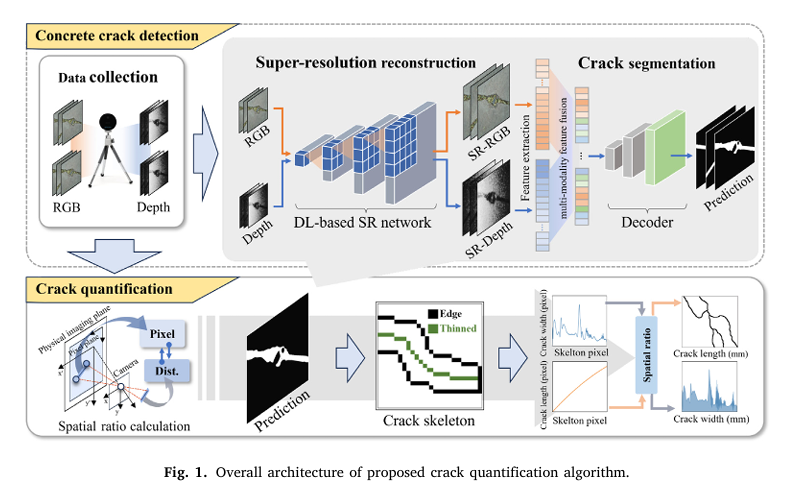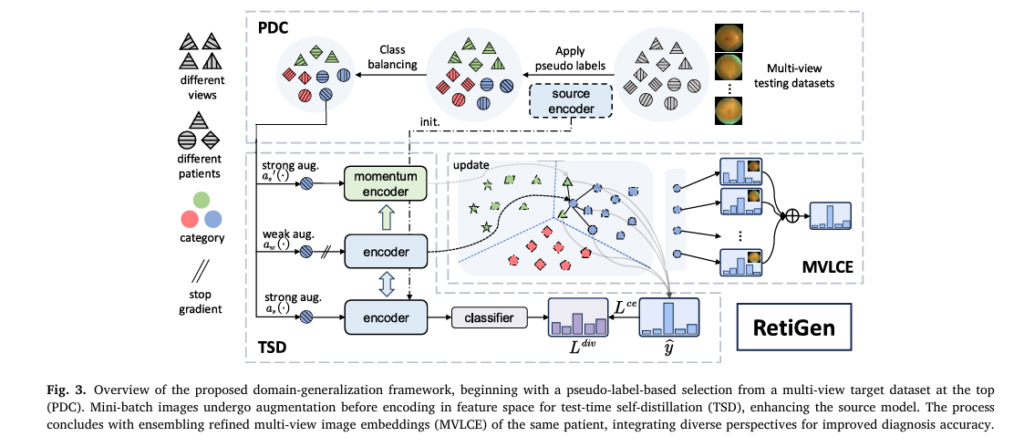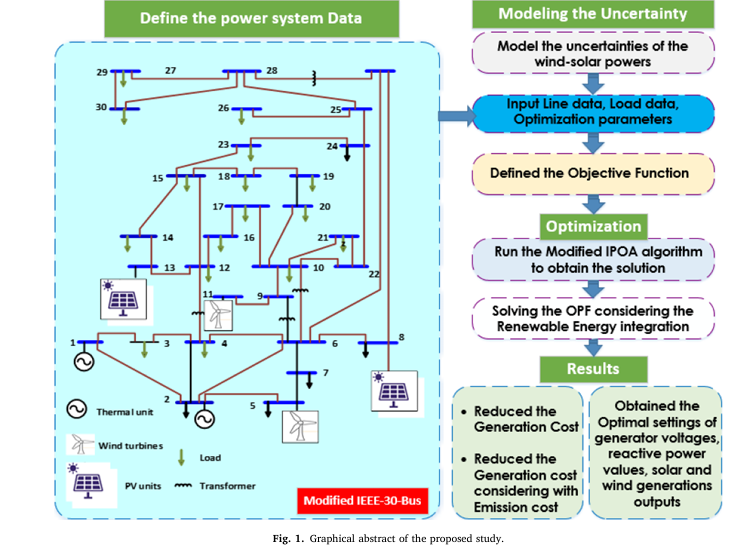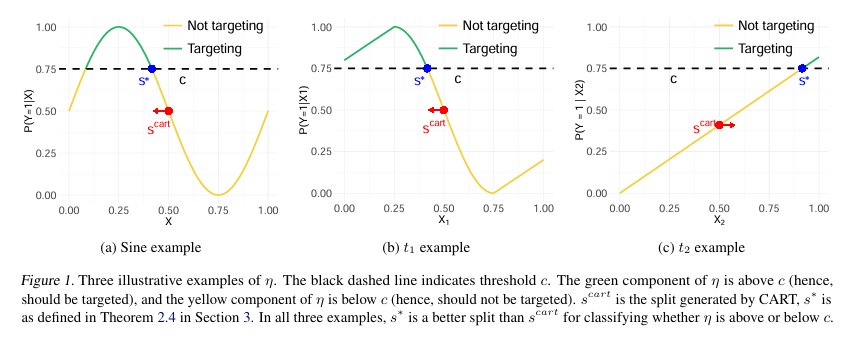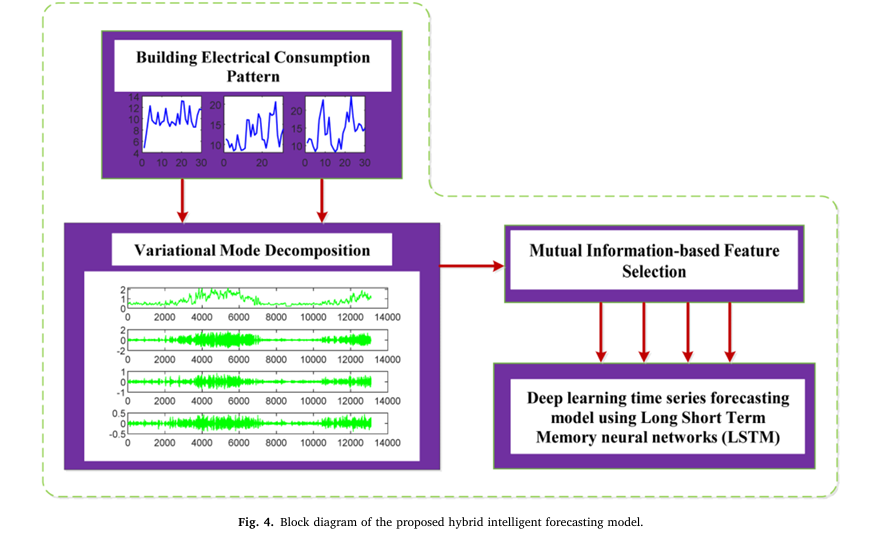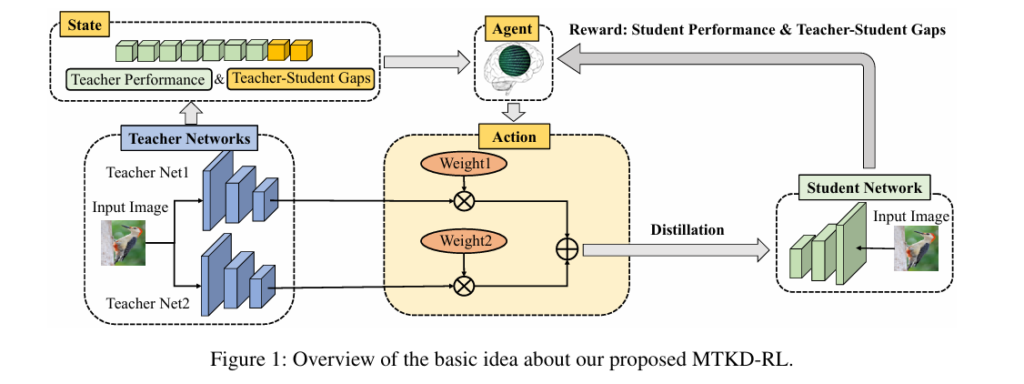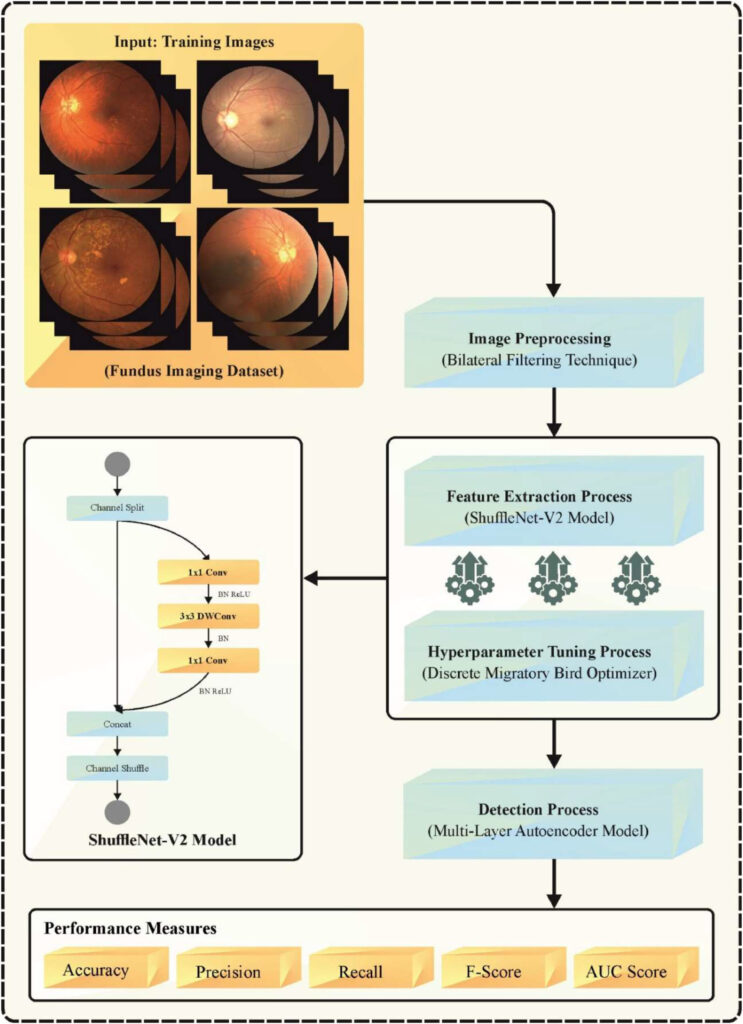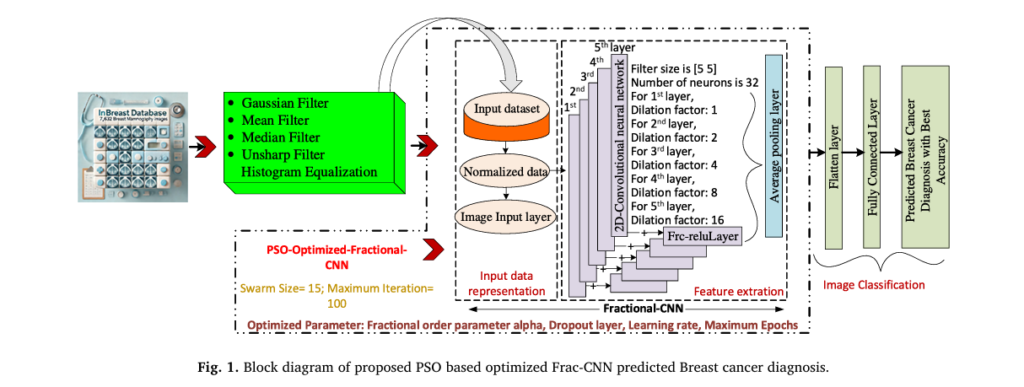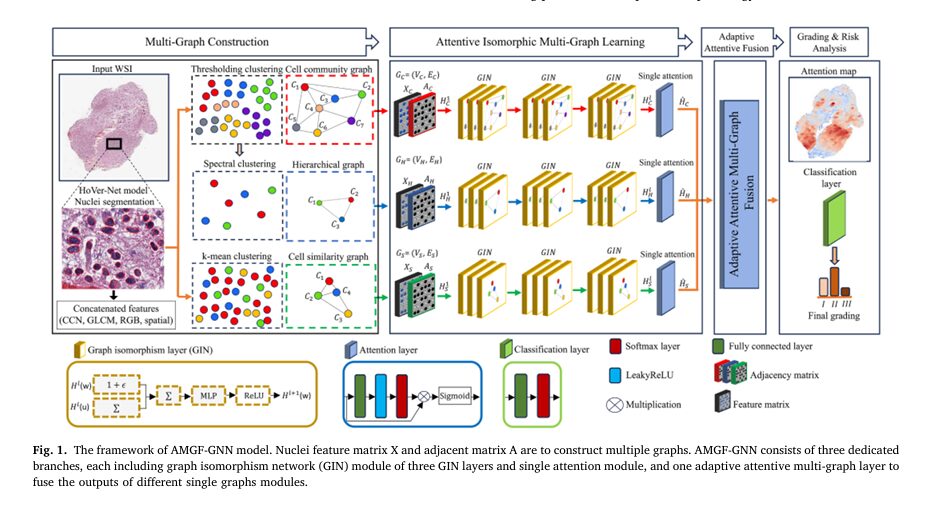Unlocking Construction Site Intelligence with Ontology-Based LLM Prompting
Revolutionizing Construction Management: How Ontology-Guided LLMs Decode Site Images for Smarter Decisions In the fast-paced world of construction, real-time insights into on-site activities are crucial. Understanding what workers are doing, how equipment is being used, and whether tasks align with schedules can make or break a project’s success. Traditionally, this has relied on manual reporting […]
Unlocking Construction Site Intelligence with Ontology-Based LLM Prompting Read More »


